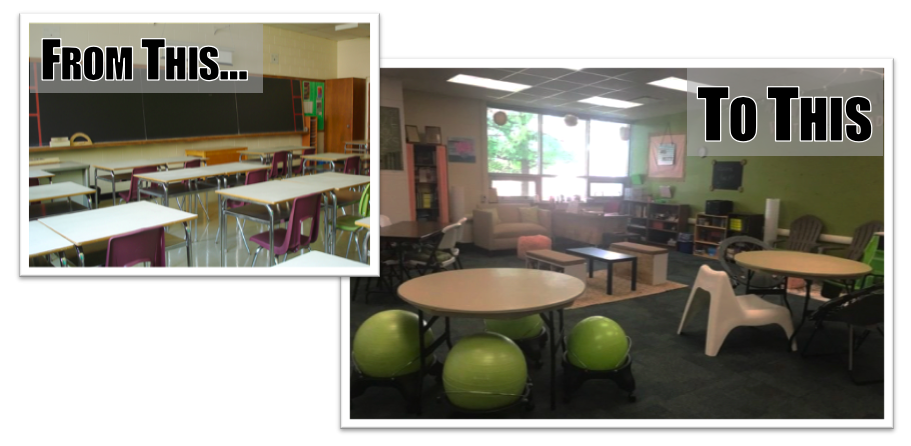Thanks for sharing the lies you used to believe and found a way to dismiss, Rach! Have you heard of Rachel Hollis? She published a book this year that has gone viral called, “Girl, Wash Your Face: Stop Believing the Lies About Who You Are So You Can Become Who You Were Meant to Be.” Have you read it? If you haven’t, I recommend the great and easy read!

Now, it's our turn to share and help others dismiss the voice inside their head. One lie that I used to believe for a long time is the one regarding age. Growing up we all experienced those moments when our parents told us, "You can when you're older," or "You’ll understand when you're older". Leaving you to always long for just the right moment “when you're old enough” for whatever it is.
Now that I am older, it has morphed in my professional career that has left me longing until “I have enough experience to write that book, or present on that topic, or to do exactly what I think I have always been meant to do". Always being told that you need to “put in your dues” and then it will be your turn. Suddenly, I realized that I am longing to do the things of the “experienced” and waiting for “someone” to tell me “it's time”. Do you find yourself waiting for permission or asking for someone else’s approval for that gutsy move to get ahead in your career? One of Rachel Hollis’ quotes from the book is,
“No one can tell you how big your dreams can be.”
We all seem to care a little too much about what others are going to say. The truth is if we wait for these moments, we may be waiting our whole lives. Another favorite quote:
“Someone else’s opinion of you is none of your business.”
So, what have you been waiting to do?
Maybe you have been waiting to integrate Universal Design for Learning (UDL) and technology into your classroom or program? PATINS Specialists are standing by for your email or call for on-site consultation and our *no cost* PATINS Tech Expo is coming up on April 4th to help connect you with the right tools, know-how, and inspiration to make your ideas a reality! Your time is now! Don’t wait to contact us and let us know how we can support you today! {Free Registration for Tech Expo opens soon!}
Don’t forget to like, comment and share this blog and the Tech Expo with your fellow teachers!
Now, it's our turn to share and help others dismiss the voice inside their head. One lie that I used to believe for a long time is the one regarding age. Growing up we all experienced those moments when our parents told us, "You can when you're older," or "You’ll understand when you're older". Leaving you to always long for just the right moment “when you're old enough” for whatever it is.
Now that I am older, it has morphed in my professional career that has left me longing until “I have enough experience to write that book, or present on that topic, or to do exactly what I think I have always been meant to do". Always being told that you need to “put in your dues” and then it will be your turn. Suddenly, I realized that I am longing to do the things of the “experienced” and waiting for “someone” to tell me “it's time”. Do you find yourself waiting for permission or asking for someone else’s approval for that gutsy move to get ahead in your career? One of Rachel Hollis’ quotes from the book is,
“No one can tell you how big your dreams can be.”
We all seem to care a little too much about what others are going to say. The truth is if we wait for these moments, we may be waiting our whole lives. Another favorite quote:
“Someone else’s opinion of you is none of your business.”
So, what have you been waiting to do?
Maybe you have been waiting to integrate Universal Design for Learning (UDL) and technology into your classroom or program? PATINS Specialists are standing by for your email or call for on-site consultation and our *no cost* PATINS Tech Expo is coming up on April 4th to help connect you with the right tools, know-how, and inspiration to make your ideas a reality! Your time is now! Don’t wait to contact us and let us know how we can support you today! {Free Registration for Tech Expo opens soon!}
Don’t forget to like, comment and share this blog and the Tech Expo with your fellow teachers!


